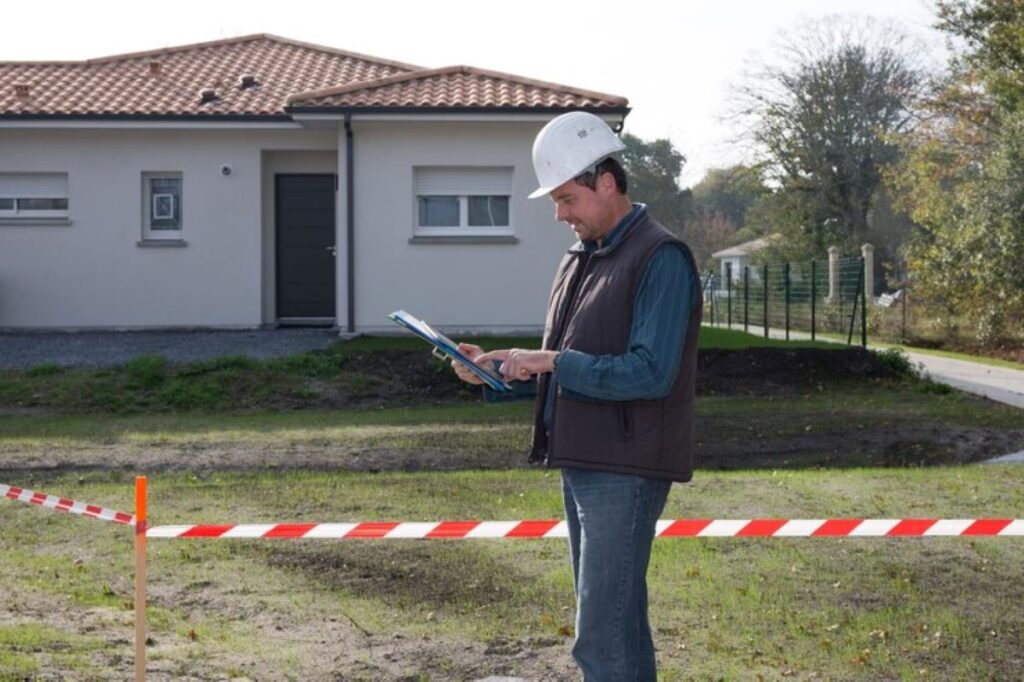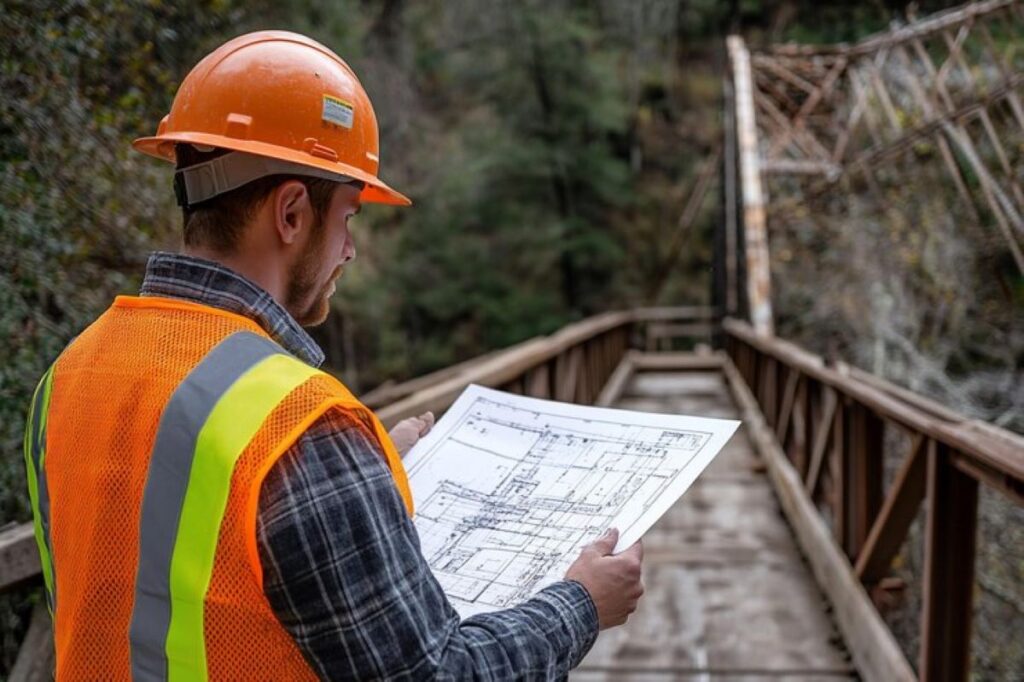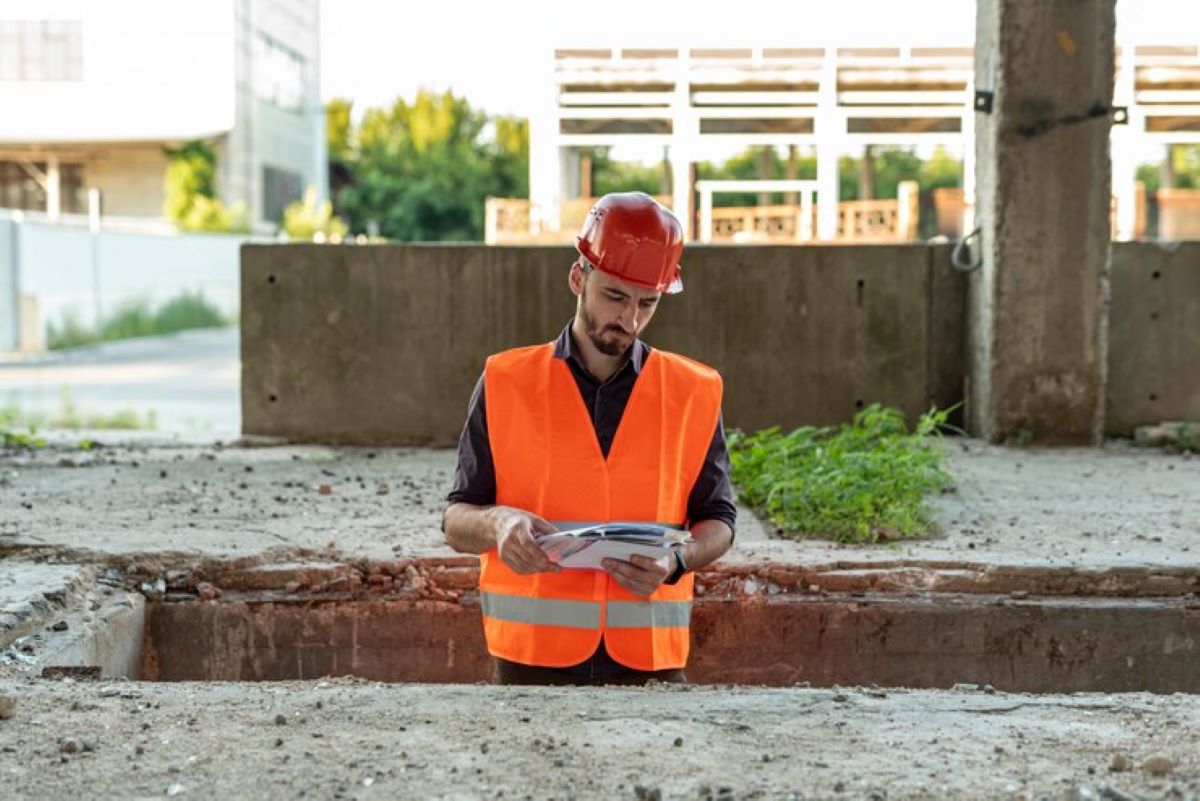Understanding an Identification Survey for Property Transactions
In the realm of property transactions, the importance of accurate and comprehensive information cannot be overstated. An identification survey plays a crucial role in ensuring that all parties involved have a clear understanding of the property in question. This article delves into what an identification survey entails, its significance, and how it impacts property transactions in Australia.
What is an Identification Survey?
An identification survey is a detailed assessment of a property that outlines its boundaries, dimensions, and any existing structures. This type of survey is typically conducted by a licensed surveyor and serves as a vital tool for both buyers and sellers during property transactions. The survey provides an accurate representation of the property, helping to prevent disputes and misunderstandings. By employing precise measurements and advanced technology, surveyors can deliver a comprehensive overview that is indispensable for anyone involved in real estate dealings.
In addition to its role in property transactions, an identification survey can also be beneficial for homeowners looking to make improvements or alterations to their property. Knowing the exact boundaries and the location of existing structures can assist in planning extensions, landscaping, or even the installation of fences. This knowledge not only helps in adhering to local regulations but also ensures that any enhancements made do not inadvertently infringe upon neighbouring properties, thereby fostering good relationships with adjacent landowners.
Key Components of an Identification Survey
Identification surveys encompass several essential components that contribute to a comprehensive understanding of the property. These components include:
- Boundary Identification: This involves marking the exact boundaries of the property, which is crucial for determining ownership and preventing encroachments.
- Existing Structures: The survey will detail any buildings, fences, or other structures on the property, including their dimensions and proximity to the boundaries.
- Topographical Features: Natural features such as trees, slopes, and water bodies may also be included, providing a complete picture of the land.
By encompassing these elements, an identification survey ensures that all relevant information is available to stakeholders, reducing the risk of future disputes. Moreover, the inclusion of topographical features can be particularly advantageous for potential buyers who are interested in the land’s usability and aesthetic appeal. For instance, a property with a natural slope may offer opportunities for unique landscaping designs or outdoor recreational areas, while also presenting challenges that need to be addressed during development.
Types of Identification Surveys
There are various types of identification surveys, each serving different purposes. The most common types include:
- Land Title Surveys: These surveys are conducted to establish the legal boundaries of a property as per the land title records.
- Building Location Surveys: These focus on the positioning of structures on the land, ensuring compliance with local regulations.
- Subdivision Surveys: Used when a property is divided into smaller lots, these surveys help define the new boundaries.
Understanding the type of identification survey required is essential for ensuring that the property transaction proceeds smoothly. Each type of survey has its own specific requirements and methodologies, which can vary based on local laws and regulations. For instance, a land title survey may necessitate a thorough examination of historical records and previous surveys, while a building location survey might require an assessment of zoning laws and building codes. Engaging a qualified surveyor who is familiar with local practices is crucial in navigating these complexities and ensuring that the survey meets all necessary legal standards.
The Importance of an Identification Survey
Identification surveys are not merely a formality; they are a fundamental aspect of property transactions that can have significant implications. Their importance can be highlighted through various factors:
Preventing Disputes
One of the primary benefits of an identification survey is its role in preventing disputes between neighbours. By clearly defining property boundaries, the survey helps to avoid misunderstandings regarding ownership and land use. This clarity is particularly vital in densely populated areas where properties may be in close proximity to one another.
Facilitating Property Transactions
For buyers, having an identification survey can provide peace of mind. It ensures that they are fully aware of what they are purchasing, including any potential issues that may arise from boundary disputes or encroachments. Sellers, on the other hand, can use the survey to demonstrate the legitimacy of their property boundaries, making it more attractive to potential buyers.
Compliance with Local Regulations
Many local councils and authorities require identification surveys as part of the property transaction process. These surveys ensure that the property complies with zoning laws and building regulations. Failure to provide an identification survey can lead to delays in the transaction or even legal complications.

How to Obtain an Identification Survey
Obtaining an identification survey involves several steps, and understanding this process can help streamline property transactions.
Choosing a Qualified Surveyor
The first step in obtaining an identification survey is selecting a qualified and licensed surveyor. It is essential to choose someone with a good reputation and experience in the specific type of survey required. Recommendations from real estate agents or previous clients can be invaluable in making this decision.
Preparing for the Survey
Once a surveyor is selected, it is important to prepare for the survey. This may involve providing the surveyor with relevant documents, such as title deeds and previous surveys, to assist in their assessment. The property owner may also need to grant access to the property, ensuring that the surveyor can conduct a thorough examination.
Understanding the Survey Results
After the survey is completed, the surveyor will provide a report detailing their findings. It is crucial for property owners and potential buyers to understand this report fully. Engaging with the surveyor to clarify any points of confusion can help ensure that all parties are on the same page regarding the property’s boundaries and any potential issues.
Cost Considerations
The cost of an identification survey can vary significantly based on several factors, including the property’s size, location, and the complexity of the survey required. Understanding these costs upfront can help property buyers and sellers budget accordingly.
Factors Influencing Survey Costs
Several factors can influence the overall cost of an identification survey:
- Property Size: Larger properties typically require more time and resources to survey, leading to higher costs.
- Location: Properties in urban areas may incur additional costs due to accessibility and regulatory requirements.
- Survey Complexity: More complex surveys, such as those involving multiple structures or challenging topography, may also be more expensive.
It is advisable to obtain quotes from multiple surveyors to ensure a fair price while also considering their qualifications and experience.
Budgeting for an Identification Survey
When budgeting for an identification survey, it is essential to factor in the potential costs of any additional services that may be required. For instance, if the survey reveals boundary disputes or other issues, further legal or surveying services may be necessary. Planning for these contingencies can help avoid unexpected expenses during the property transaction process.
Common Misconceptions About Identification Surveys
Despite their importance, there are several misconceptions surrounding identification surveys that can lead to confusion among property buyers and sellers.
Misconception: Identification Surveys Are Only for Buyers
One common misconception is that identification surveys are only necessary for buyers. In reality, sellers can benefit significantly from obtaining a survey prior to listing their property. By having a clear understanding of the boundaries and any potential issues, sellers can present their property more confidently and avoid disputes during negotiations.
Misconception: All Surveys Are the Same
Another misconception is that all surveys provide the same information. In truth, different types of surveys serve different purposes, and it is crucial to obtain the correct type for the specific needs of the transaction. Engaging with a qualified surveyor can help clarify which type of survey is most appropriate.
Misconception: Surveys Are a One-Time Requirement
Some property owners believe that an identification survey is a one-time requirement and does not need to be updated. However, as properties change hands or undergo modifications, it may be necessary to obtain a new survey to reflect these changes accurately.

Conclusion
In summary, an identification survey is an invaluable tool in the property transaction process, providing clarity and preventing disputes. Understanding the components, importance, and process of obtaining an identification survey can empower property buyers and sellers to make informed decisions. By dispelling common misconceptions and recognising the necessity of these surveys, stakeholders can navigate the complexities of property transactions with greater confidence.
As the property market continues to evolve, staying informed about the requirements and best practices surrounding identification surveys will ensure that all parties are well-prepared for successful transactions.
More to Read : Why a Boundary Identification Survey Protects Your Investment

